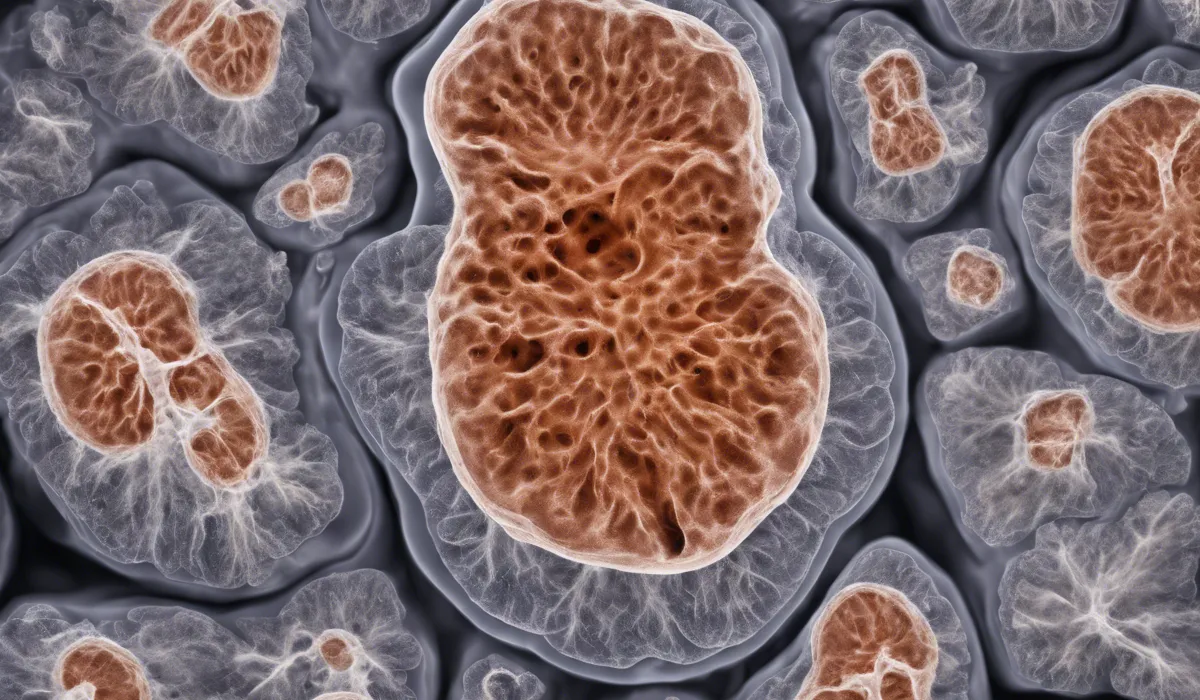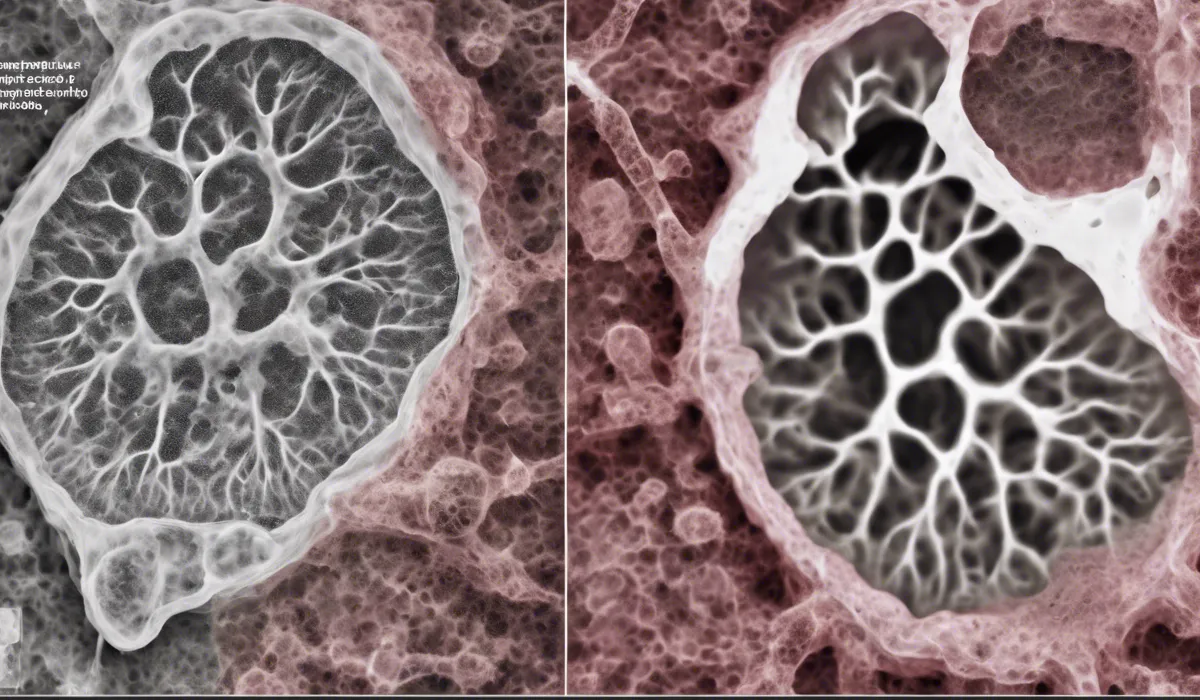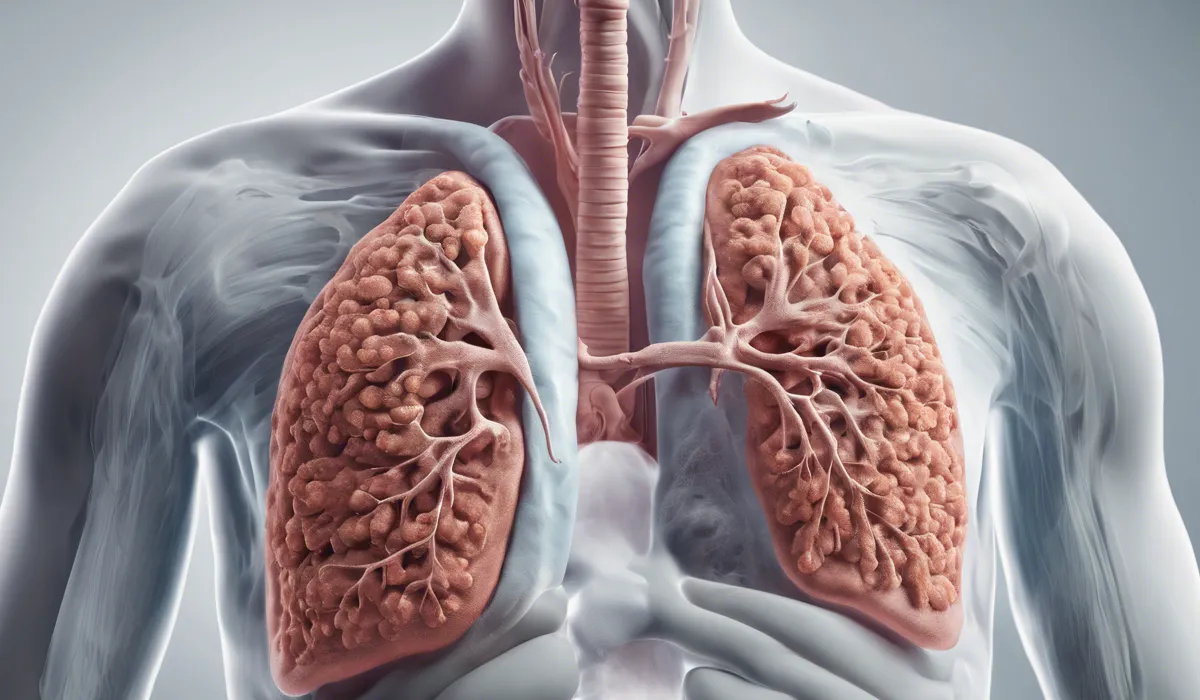Yes, mold exposure can lead to lung nodules. Inhalation of mold spores over time may cause inflammation and scarring in the lungs, potentially resulting in nodular formations. These are typically seen in individuals with chronic pulmonary conditions or weakened immune systems.
Mold and Its Effects on Respiratory Health

Overview of Mold and Its Types
Mold is a type of fungus that can be found both indoors and outdoors. When we talk about mold in our homes, we are often referring to species like Aspergillus, Penicillium, Cladosporium, and Stachybotrys, commonly known as black mold.
These molds can appear in various colors and textures, and they thrive in damp conditions.
Growth and Spread of Mold
Mold reproduces by releasing tiny spores into the air. These spores are invisible to the naked eye and can easily spread throughout a home, especially in areas with high humidity or water damage.
Proper ventilation can help reduce the concentration of mold spores in the air.
Conditions Promoting Mold Growth
Moisture is the primary factor that promotes mold growth in homes. Leaky pipes, flooding, and high humidity create the perfect environment for mold to flourish.
Poorly ventilated areas like bathrooms and basements are particularly susceptible to mold infestations.
Lung Nodules: Definition and Causes
Lung nodules are small growths on the lungs that can be benign or malignant. They are often detected during imaging tests for unrelated issues. Causes can range from infections and inflammation to cancer.
While not all lung nodules are caused by mold, exposure to mold spores can contribute to their formation, especially in individuals with underlying respiratory conditions.
General Symptoms of Mold Exposure
Exposure to mold can cause various symptoms, such as coughing, sneezing, itchy eyes, and skin rashes.
People with mold allergies may experience more severe reactions, including asthma attacks or difficulty breathing.
Respiratory Issues Linked to Mold
Specific respiratory issues linked to mold include allergic reactions, asthma exacerbations, and respiratory infections.
Mold exposure can be particularly harmful to individuals with compromised immune systems, leading to more severe health complications.
Connection Between Mold Exposure and Lung Nodules

Scientific Studies on Mold and Lung Health
Various scientific studies have explored the connection between mold exposure and lung health.
Research has shown that prolonged inhalation of mold spores can lead to respiratory issues and potentially contribute to the formation of lung nodules.
Role of Mycotoxins in Respiratory Conditions
Mycotoxins are toxic substances produced by certain types of mold. These toxins can compromise the respiratory system and have been linked to a range of health issues, including lung damage and the development of lung nodules.
Clinical Findings on Mold and Lung Nodules
Case reports and clinical findings have documented individuals with lung nodules where mold exposure was a contributing factor. These reports often involve patients with a history of living or working in mold-contaminated environments.
Influence of Long-Term Mold Exposure
Long-term exposure to mold can lead to chronic respiratory conditions and lung scarring. Over time, this scarring can result in the formation of lung nodules, which may require medical intervention.
Immune Response to Inhaled Spores
The body’s immune response to inhaled mold spores can cause inflammation in the lungs. For individuals with sensitive immune systems, this inflammation can progress to fibrosis and nodule development.
Prevention and Management of Mold-Related Respiratory Issues

Identifying Mold Infestations
Recognizing the signs of mold infestation is crucial for maintaining a healthy home environment. Musty odors, visible mold growth, and persistent health symptoms are key indicators that mold may be present in your living space.
Preventing Mold Growth
To prevent mold growth, control humidity levels, fix leaks promptly, and ensure adequate ventilation, especially in areas like kitchens and bathrooms. Materials that have been water-damaged should be dried or removed within 48 hours.
Mold Cleaning and Removal
Cleaning small areas of mold can often be done with soap and water or a mild bleach solution.
However, for larger infestations, it’s important to call mold removal professionals who have the equipment and expertise to safely eliminate mold from your home.
Medical Evaluation and Monitoring
If you suspect you’ve been exposed to mold, consult a healthcare provider for a medical evaluation.
Regular monitoring can help detect any respiratory issues early, including the development of lung nodules.
Treatment for Mold-Related Conditions
Treatment options for mold-related respiratory conditions may include medications to manage symptoms, inhalers for asthma, and in severe cases, surgery for lung nodules.
A healthcare provider can recommend the best course of action based on your specific condition.
Lifestyle and Home Environment Improvements
Improving your home environment can greatly reduce the risk of mold-related health issues.
Use dehumidifiers, maintain clean air filters, and use exhaust fans to reduce moisture. These changes can help protect your respiratory health and prevent the development of lung nodules.
FAQs About Mold and Lung Nodules
Can mold exposure directly cause lung nodules?
Yes, long-term mold exposure can lead to the development of lung nodules due to inflammation and scarring in the lungs.
Are lung nodules caused by mold exposure always cancerous?
No, lung nodules caused by mold exposure are typically non-cancerous, but they can be a sign of chronic pulmonary conditions.
What symptoms might indicate the presence of lung nodules from mold exposure?
Symptoms may include chronic cough, difficulty breathing, and chest discomfort, but some lung nodules may be asymptomatic.
Who is most at risk of developing lung nodules from mold exposure?
Individuals with chronic pulmonary conditions, weakened immune systems, or those who are frequently exposed to mold are at higher risk.
Can lung nodules from mold exposure be treated or resolved?
Treatment often involves addressing the underlying mold exposure and may include medications or procedures to manage inflammation and symptoms.
Final Thoughts
Exposure to mold spores can indeed lead to the formation of lung nodules due to the inhalation-induced inflammation and scarring over time.
These nodules are more commonly observed in individuals with chronic lung conditions or those with compromised immune systems, highlighting the potential risks of mold in respiratory health.
